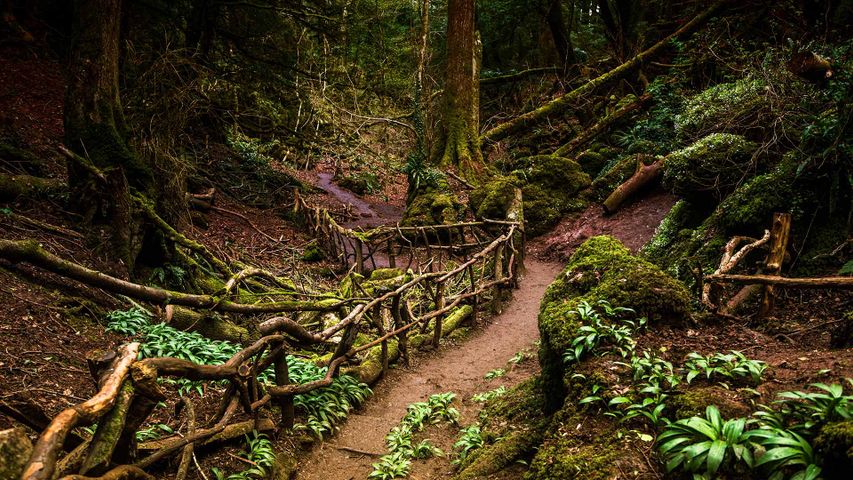Scuba diver exploring the underwater cenotes near Puerto Aventuras, Mexico
© Extreme Photographer/Getty Image
Underwater underground. Cenote near Puerto Aventuras, Mexico
Like a giant block of Swiss cheese, Mexico’s Yucatan Peninsula is riddled with holes called cenotes. Cenotes form when subterranean limestone dissolves, allowing underground water to penetrate. The rock above may cave in, forming a pit and revealing the cool, often crystal-clear water, while other cenotes may remain hidden and unexplored. Cenotes vary in size from very small to tens of metres across, and recent discoveries have shown that cenotes lead to a series of underground cave systems that can span several miles in length.
In a region with little rainfall and no rivers or streams, the Yucatan’s 6,000 cenotes were vital to the many cities of the Mayan civilisation that used them as a primary source of fresh water. While some of the peninsula’s cenotes have a mix of salt water and fresh water, many of the holes have remarkably clean fresh water that has slowly filtered through rock. The diffuse light that reaches into the underground chambers creates a magical effect and the cenotes offer fantastic swimming and diving opportunities. Many of the larger cenotes feature platforms and ropes to jump off, and they are often located near historically significant Mayan ruins.
Related Images
Bing Today Images
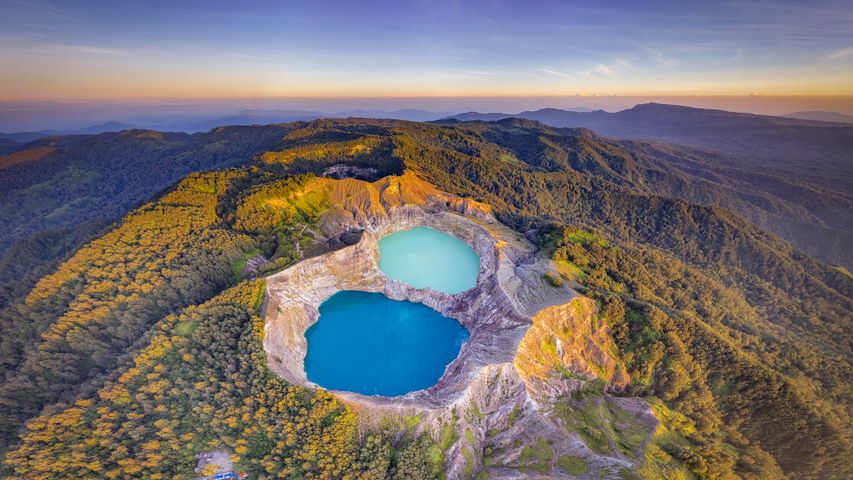
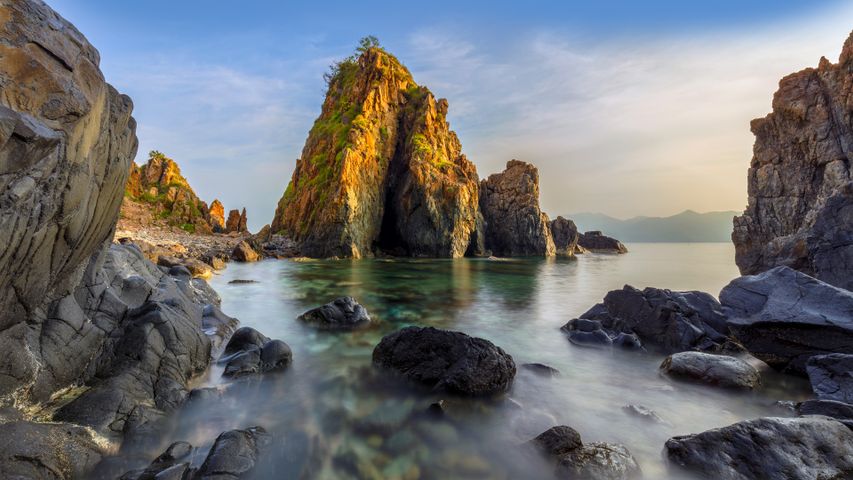
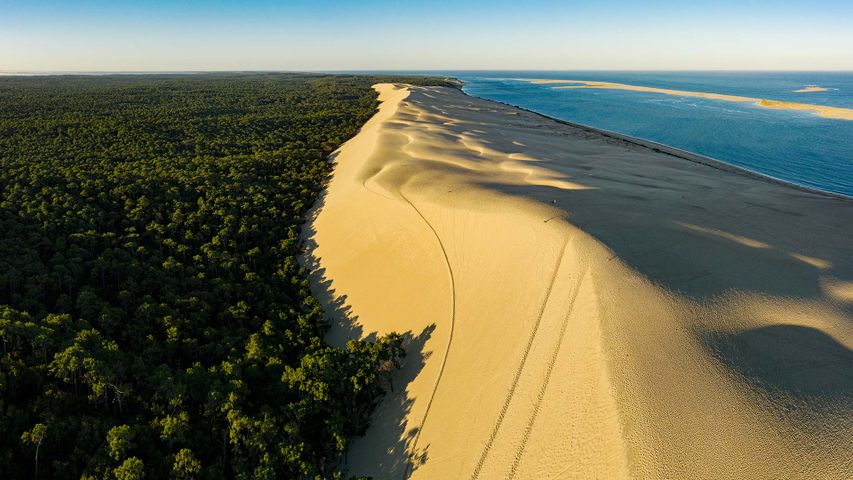
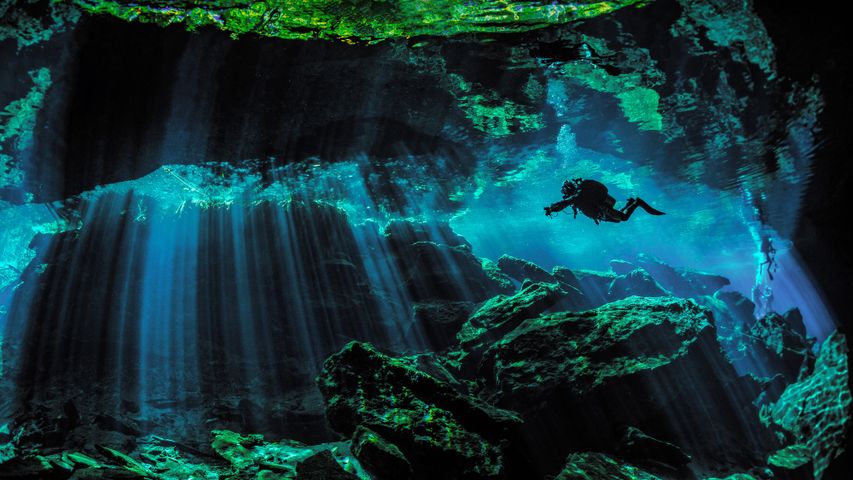
 Sea turtle, Fernando de Noronha, Brazil
Sea turtle, Fernando de Noronha, Brazil
 Steller sea lions, Vancouver Island, British Columbia, Canada
Steller sea lions, Vancouver Island, British Columbia, Canada
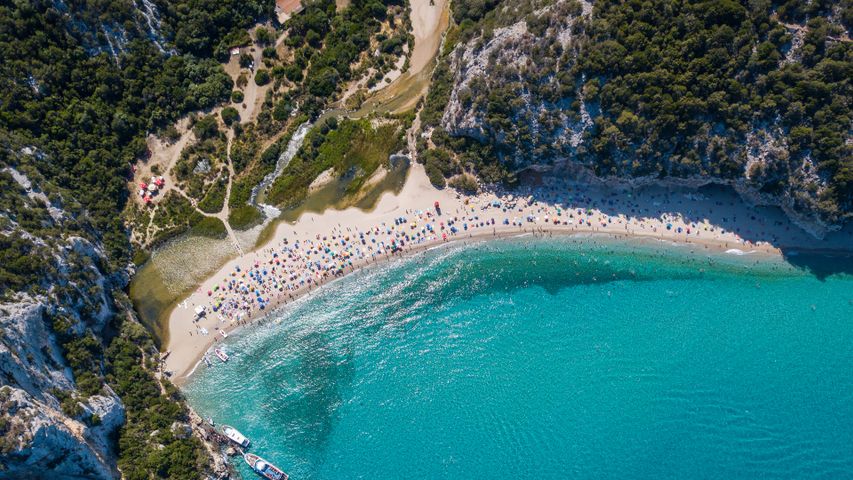 Cala Luna beach, Sardinia, Italy
Cala Luna beach, Sardinia, Italy
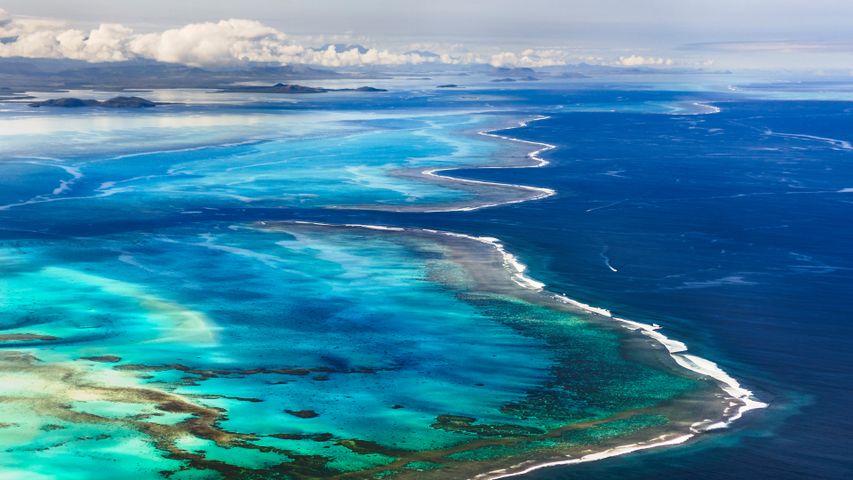 Barrier reef off Grande Terre, New Caledonia, France
Barrier reef off Grande Terre, New Caledonia, France
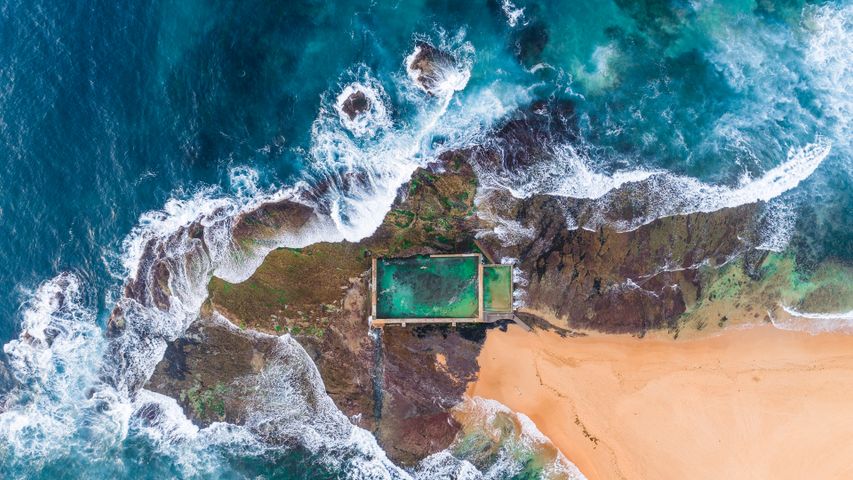 Mona Vale rockpool, Sydney, Australia
Mona Vale rockpool, Sydney, Australia
 Atlantic spotted dolphins near Santa Maria Island, Azores, Portugal
Atlantic spotted dolphins near Santa Maria Island, Azores, Portugal
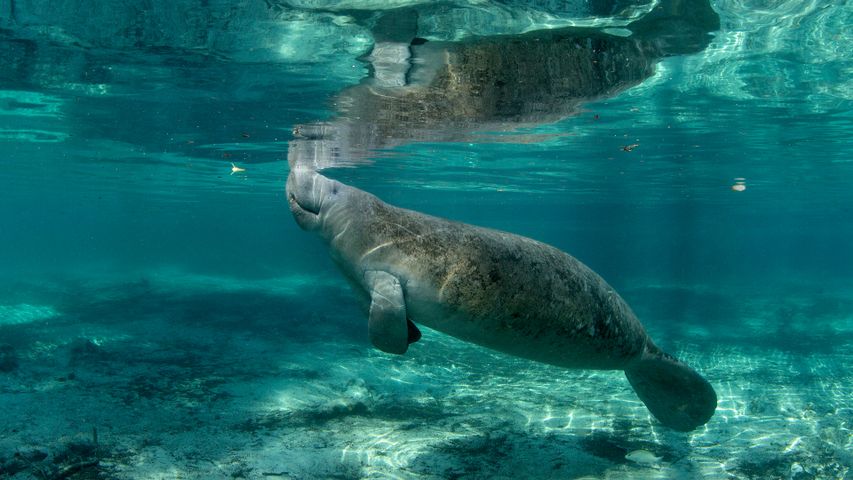 Manatee in Crystal River, Florida, United States
Manatee in Crystal River, Florida, United States
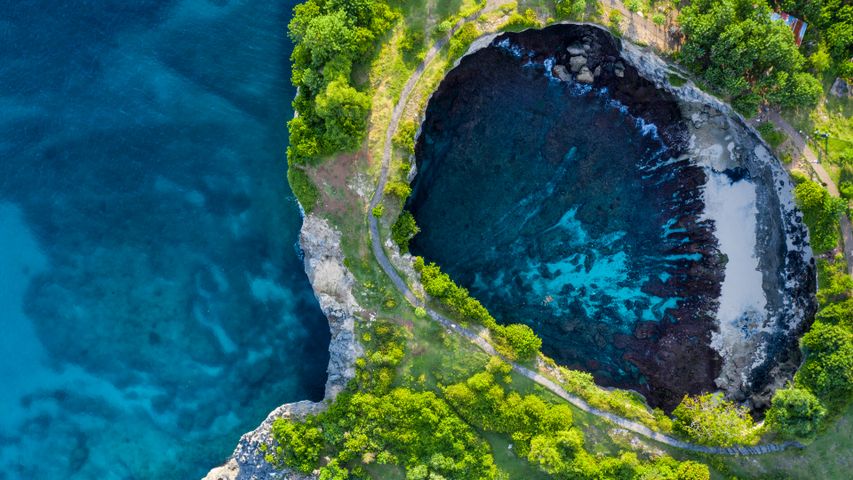 Broken Beach in Nusa Penida, Bali, Indonesia
Broken Beach in Nusa Penida, Bali, Indonesia
